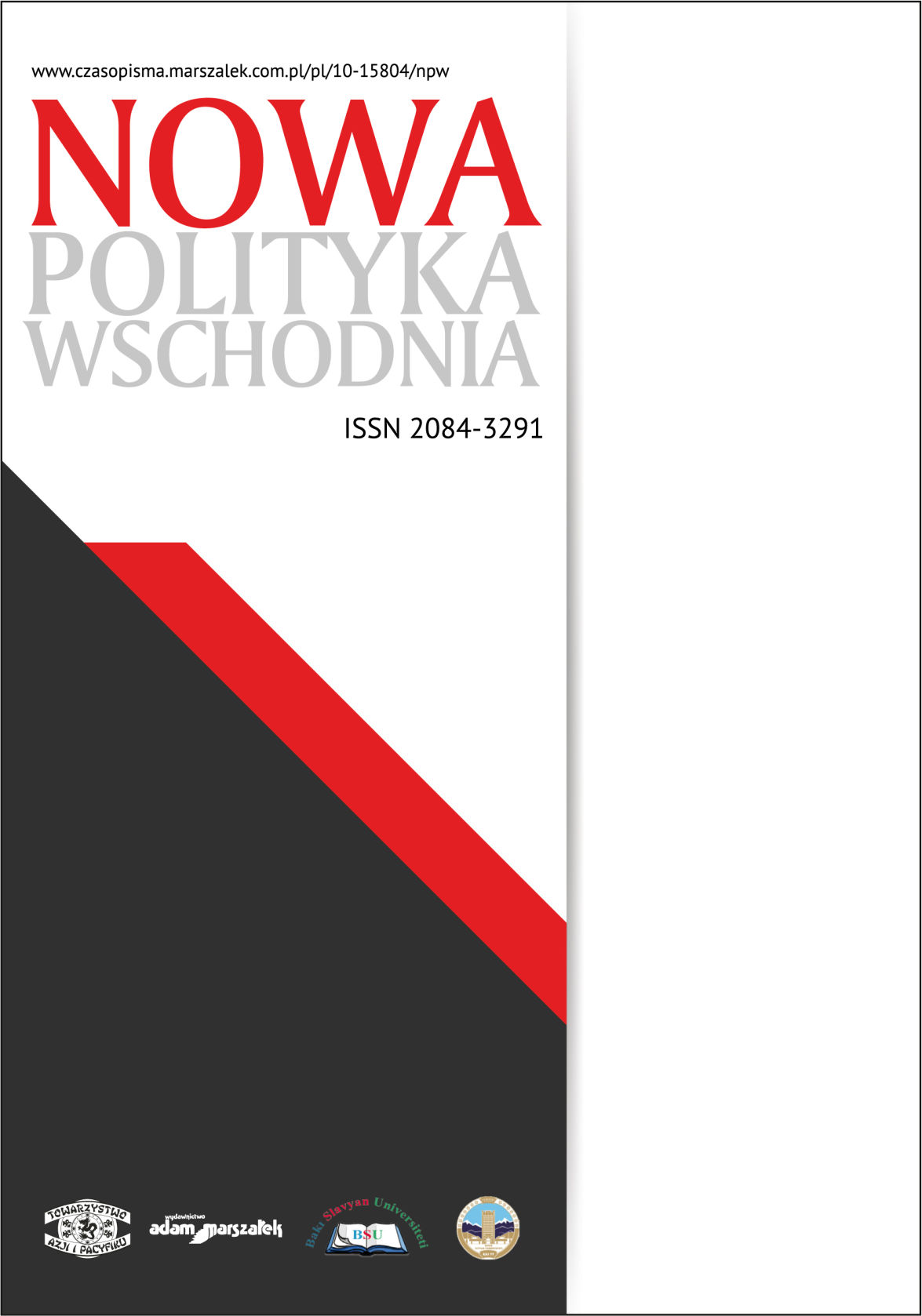Twarz solidarności i pojednania? Niewerbalna komunikacja emocji w wojennych przemówieniach Wołodymyra Zełenskiego do polskich odbiorców
The Face of Solidarity and Reconciliation? Emotions and nonverbal communication in Volodymyr Zelensky’s wartime addresses to the Polish audience
Author(s): Patryk WawrzyńskiSubject(s): Politics and communication, Peace and Conflict Studies, Russian Aggression against Ukraine, Russian war against Ukraine
Published by: Wydawnictwo Adam Marszałek
Keywords: nonverbal communication; expression of emotions; sympathy; credibility; political branding; Polish-Ukrainian relations;
Summary/Abstract: President V. Zelensky’s international popularity and sympathy resulted from his empathetic image as the nation’s speaker after the Russian aggression in February 2022. The novel application of technology helped him communicate with foreign audiences and receive international military, political, economic, and humanitarian support, strengthening the anti-Russian alliance. Poland was an essential partner in Zelensky’s strategy as Poles hosted millions of Ukrainian war refugees, marking the Polish society as a core target group of his communication. The paper presents the results of automated coding (FaceReader 9, general model, 30 fps) of the Ukrainian President’s facial expressions of emotions in three speeches addressed to the Polish audience after February 2022, comparing them with the results of a study on Zelensky’s 73 international addresses in the first year of the war. The study investigates differences in nonverbal targeting of Poles and other audiences, providing detailed profiles of analyzed speeches. The results suggest that the stage of the conflict primarily regulated his nonverbal communication, and then it was adapted to the targeted audience. (1) Zelensky increased emotional expressiveness in communication with the Poles, signaling all three dominant emotions (sadness, anger, and disgust). (2) The intensity of disgust had a reverse pattern than in the general sample, and it was reduced with time and replaced by more arousing anger. (3) The Ukrainian President significantly stronger displayed fear in his speeches to the Polish audience. The differences in nonverbal dynamics explain a reduced involvement of Polish society in helping Ukraine, as Zelensky’s initial empathetic image was replaced with a more aggressive style of wartime leadership.
Journal: Nowa Polityka Wschodnia
- Issue Year: 39/2023
- Issue No: 4
- Page Range: 80-101
- Page Count: 22
- Language: Polish

